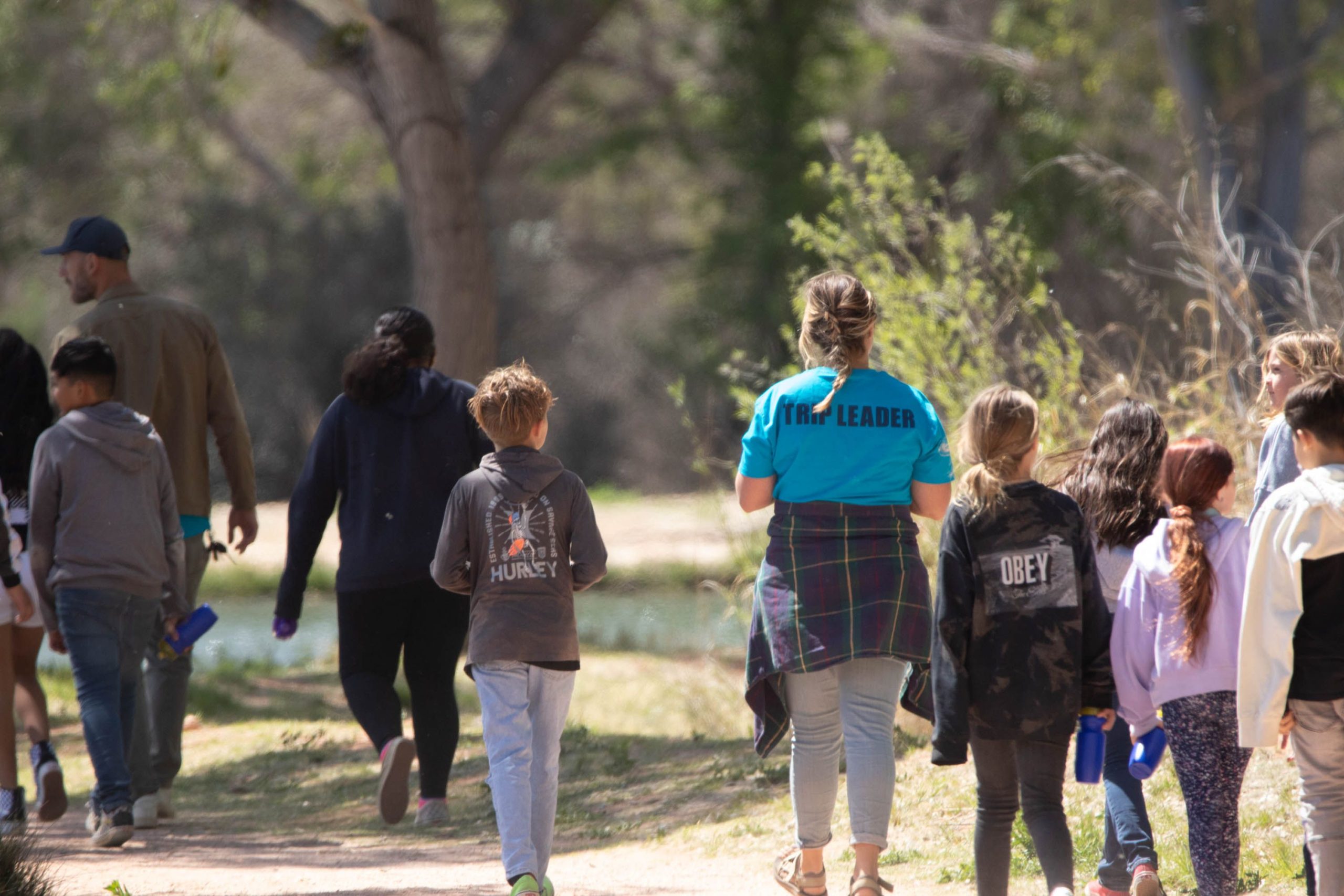It was a cool, misty morning at Dead Horse Ranch State Park in Cottonwood, Arizona. Some people were fishing the ponds, hoping to catch breakfast or dinner. A friend and I were enjoying a morning walk around the ponds. Suddenly, I noticed a wake in the pond. Others saw it too and we stopped to look. Following the wake lines, I saw a dark brown spade-shaped head above the water. As more details came into focus, I realized I was watching a river otter. She had caught her breakfast. We could hear crunching sounds while she ate a tasty crayfish.
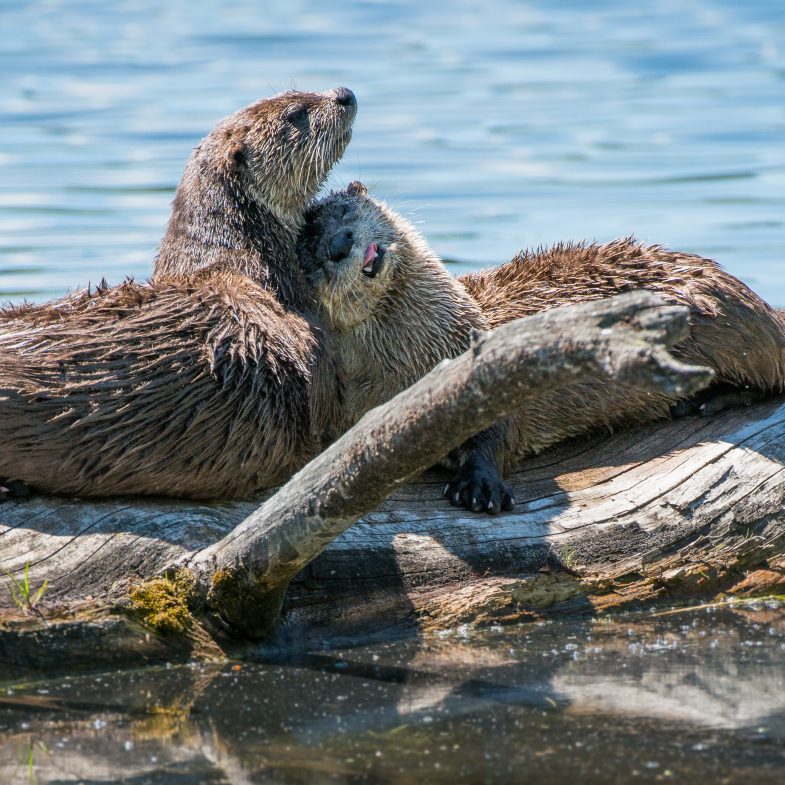
As we watched, the otter continued her leisurely nosh and swim, angling towards the bank where a fisherman was standing. When she neared the bank, she flipped over (I was reminded of the Olympic swimmers I’d seen do a similar flip) and climbed up the bank. She quickly ran down the trail, the same one I had walked on many times, towards the river. As I trotted after, I just missed seeing her slide into the river. But I saw her footprints in the dust, soon to be erased by human footprints.
I’ve enjoyed catching river otters many times while out hiking by the Verde or one of its tributaries. It’s always a delight! My husband and I watched a pair playing in Sycamore creek once. I have seen otters swimming in Tavasci Marsh. Jon Fuller, in his book Verde River Elegy, said it was a rare day that he didn’t see otters while he was boating on his journey from the Verde’s headwaters in Chino Valley to Horseshoe Reservoir.
River otters are found throughout North America, but it was by no means certain that we would have river otters in the Verde today.
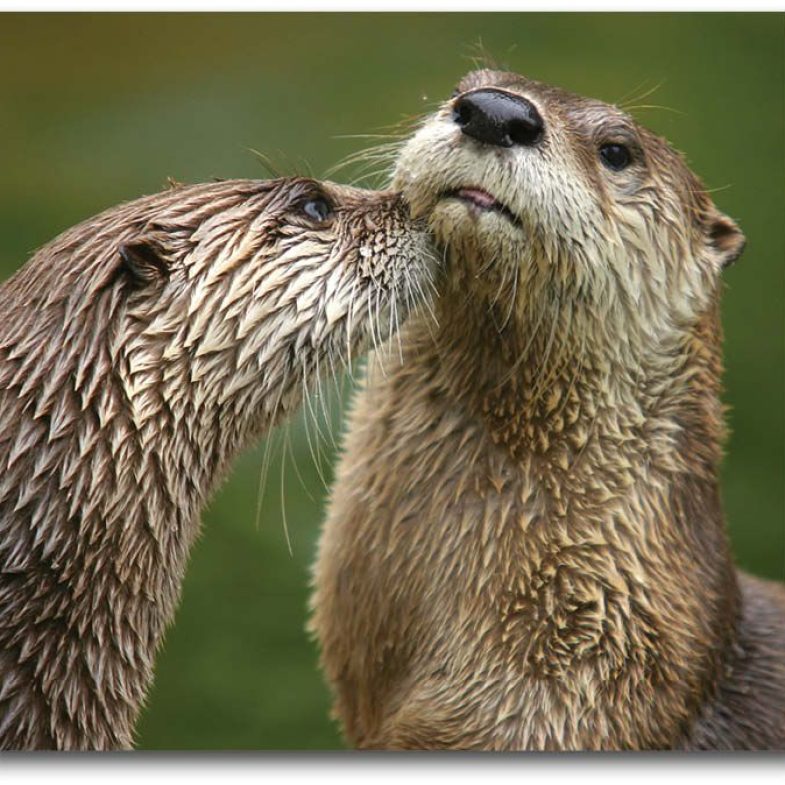
In the early 20th century, river otters were abundant in Arizona’s rivers and streams, including the Verde River. By the 1940s, the population had declined dramatically because of hunting and habitat loss. By the 1970s, the river otter was declared locally extinct in Arizona.
Recognizing the importance of river otters to the ecosystem and the need to restore their population, the Arizona Game and Fish Department began exploring ways to reintroduce the species to the state. One solution was to transplant river otters from other states where the population was healthy.
In 1998, the department collaborated with the Louisiana Department of Wildlife and Fisheries to capture and relocate river otters from the Atchafalaya Basin in Louisiana to the Verde River in Arizona. The otters were captured using live traps and transported to Arizona in special containers designed to keep them safe and comfortable during the journey.
Once the otters arrived in Arizona, they were released into the Verde River and monitored closely to ensure their survival. The reintroduction effort was a success, and the otters adapted well to their new habitat. Over time, their population grew, and today, river otters are once again a thriving part of the Verde River ecosystem.
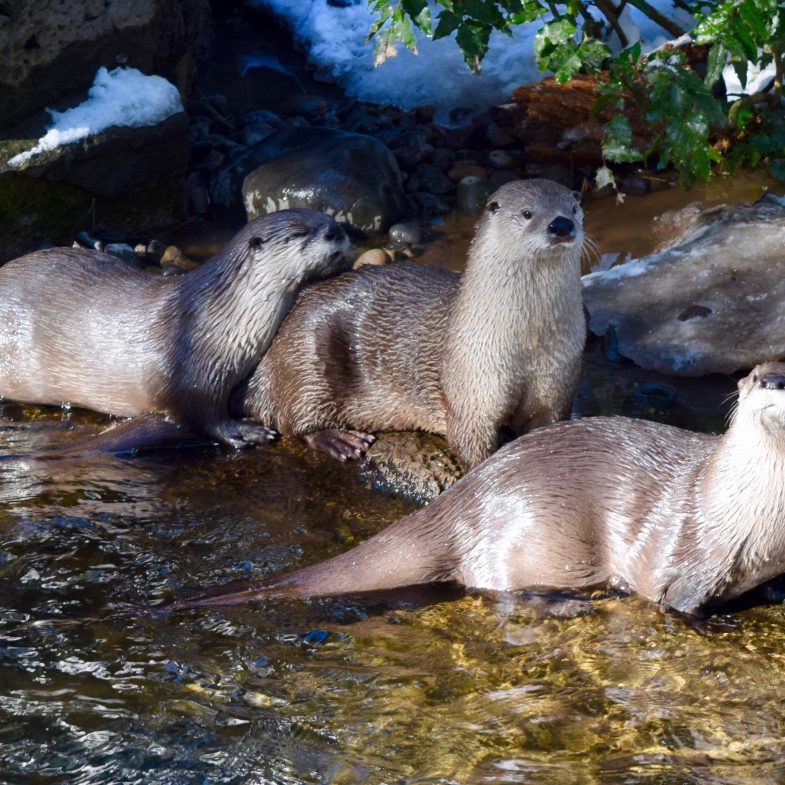
The success of the river otter reintroduction effort in Arizona is a testament to the importance of conservation and the need to take action to ensure a healthy, flowing Verde River system. By transplanting river otters from Louisiana to Arizona, we were able to restore a vital part of the local ecosystem and ensure the survival of an important species. The effort highlights the need for continued conservation efforts to protect the river otters and their habitat so that they can continue to thrive in the Verde River for generations to come.
And now, you can help keep river otters happy and healthy here. Friends of the Verde River is teaming up with The River Otter Ecology Project in northern California to start a new community science project. It is called Otter Spotter and will help us to learn more about river otters in Arizona.
What is Otter Spotter?
When you see river otters, snap a photo, if you can, and record as much information as you know – the time and date, location, any behaviors you see, and so on. Otter Spotter uses an app call Field Scope so that the data can be available for scientists to use in understanding river otter ecology. By recording your sightings of otters in Otter Spotter, we’ll expand our knowledge of river otters – where they are, if their population is growing or declining, and common behaviors.
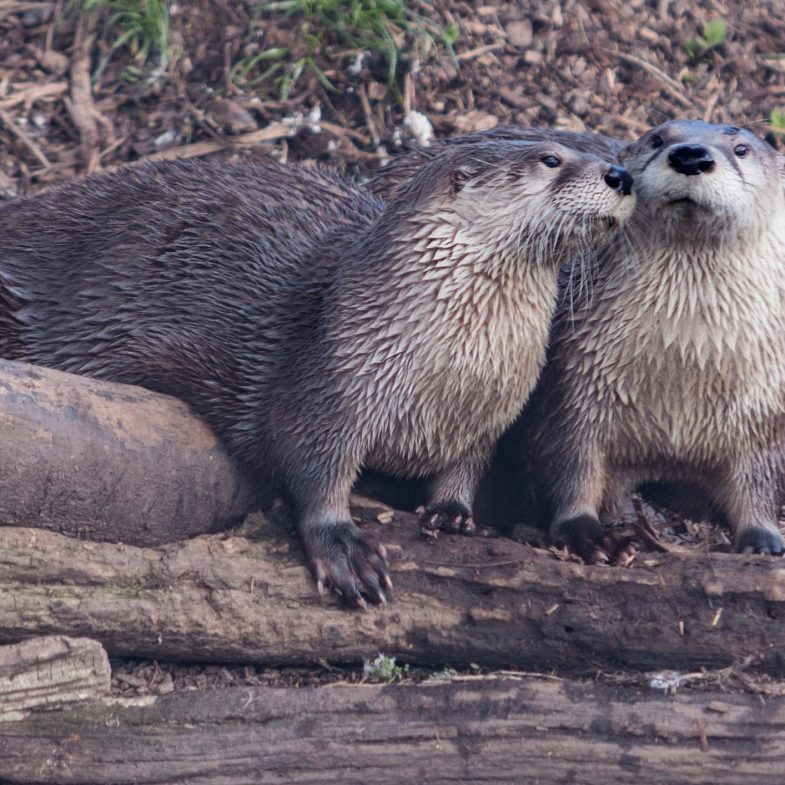
We have two webinars planned to teach you how to become an Otter Spotter on May 11th and May 18th. If you already get our e-news, you’ll get a notice when registration opens for these webinars.
You can ensure that otters will continue to grace the banks and waterways of the Verde River for future generations to enjoy.


